500 days in Taiwan: A reflection on building offshore wind from a Japanese perspective
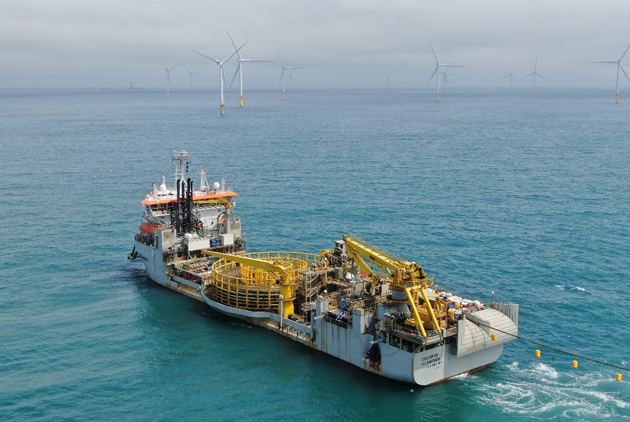
Source:JERA's Facebook
Recently, an article criticizing Taiwan's maritime policy has aroused heated debate. While everyone is hesitating whether investing in Taiwan's offshore wind power is the right choice, a Japanese engineer in Taiwan has a different idea.
Views
500 days in Taiwan: A reflection on building offshore wind from a Japanese perspective
By Yoshifumi Kamadaweb only
As an electrical engineer and a corporate planner, I devoted most of my career to Tokyo Electric Power Company's thermal power generation business. However, as I participated in the company's critical green transformation and worked to establish JERA in cooperation with the Chubu electric company, I embarked on a new career path focusing on renewable energy, specifically on offshore wind power.
As of today, I have been walking in JERA's footsteps working to build up offshore wind power in Taiwan for a year and a half, that is, nearly 500 days. During this period, more and more outstanding Taiwanese and Europeans have joined our team. This diverse team of highly trained and capable Taiwanese, European and Japanese professionals is playing a substantial role in Taiwan’s energy transition process.
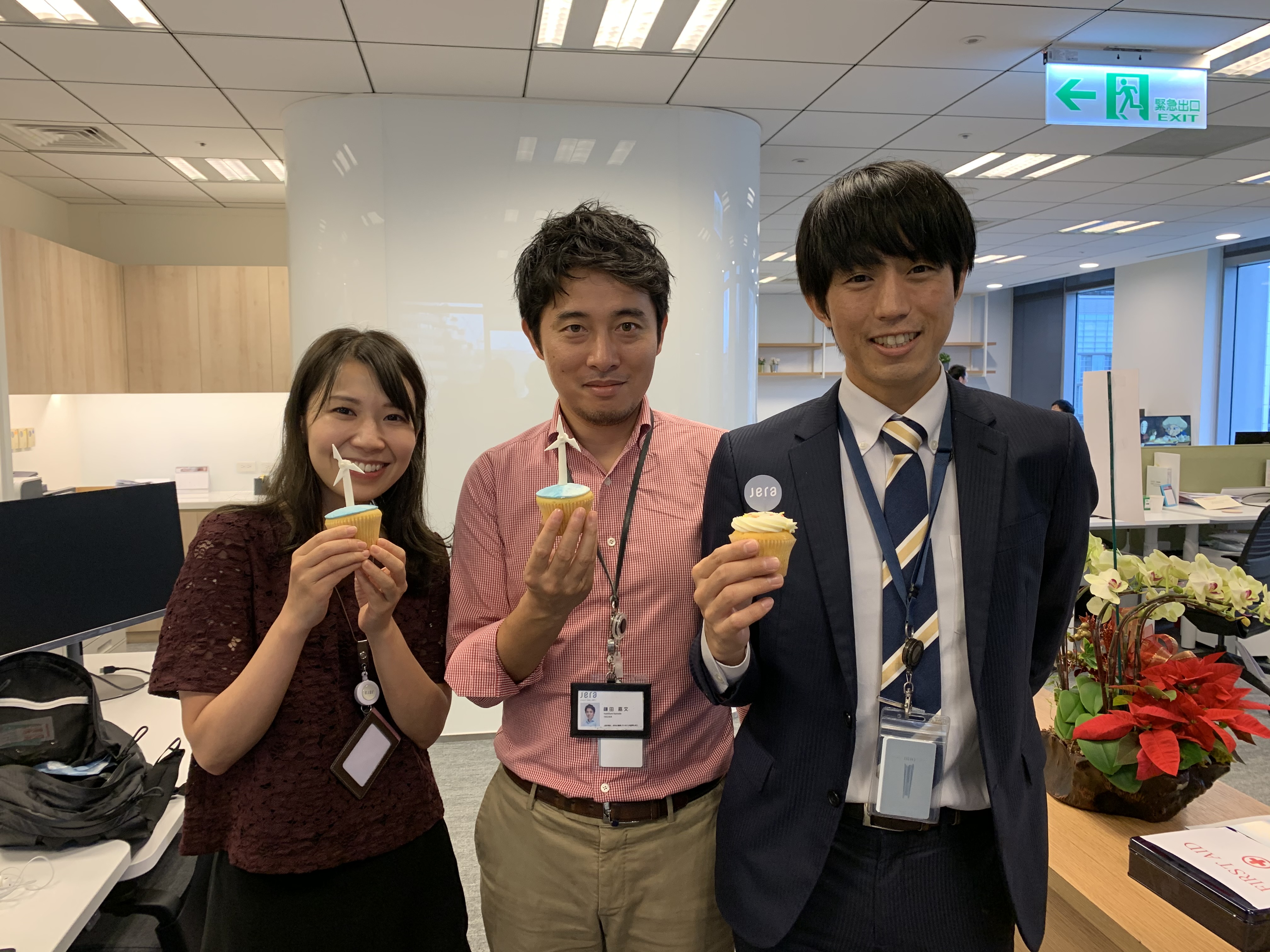 Yoshifumi Kamada and his colleagues. (Source: Yoshifumi Kamada)
Yoshifumi Kamada and his colleagues. (Source: Yoshifumi Kamada)
For JERA, Taiwan is a newly prominent market in the global offshore wind power industry. However, one of the reasons JERA decided to enter the Taiwanese market was to deepen and expand our experience and knowledge in the investment, development, construction, and operation of offshore wind farms based on JERA’s global corporate vision. From this perspective, Taiwan is not "new" to this field at all. In terms of offshore wind power regulations, systems, and goal setting, it isn’t exaggerating to say that it now exceeds my home country of Japan and there are many things we can learn from it.
Recently, a European offshore wind engineer has circulated an opinion piece among industry figures commenting on Taiwan's maritime policy which has led to a lot of discussions. Some of my Japanese friends even asked me if it was appropriate for JERA to choose Taiwan for offshore wind development?
Here I'd like to briefly explain my thoughts: What policies and regulations reflect is the rational choice, which is a government that formulates a path and framework following the goals, vision, and local socio-economic context. Every market is unique, and Taiwan is Taiwan.
What's more, offshore wind power is a significant type of infrastructure contributing to a sustainable society and people's livelihood, involving a wide range of stakeholders. Therefore, before we determine that the regulations are too complicated in the first place, we prefer to understand the local context carefully when making any evaluation; in terms of market development, we think this is a basic lesson we should learn.
In contrast, when developers enter a market from overseas, they are not fully aware of the local situation. They have to understand local regulations and policies, and thoroughly evaluate the costs before making a "market entry strategy." Therefore, communication and practical advice are necessary, but we cannot deny the potential of the entire market over a single flaw; we also do not need to overturn all our records of success due to a single dispute.
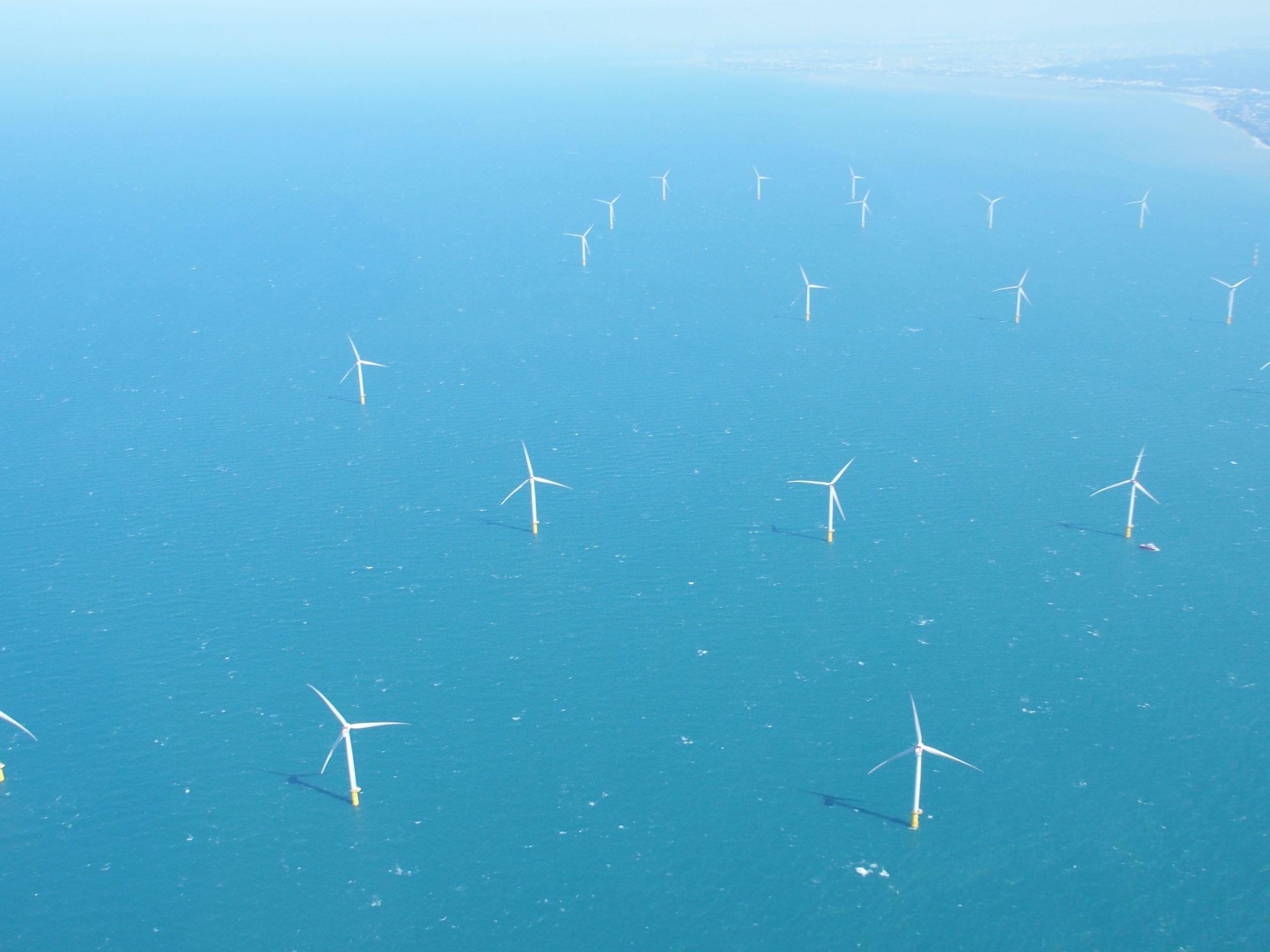 Formosa 1 is Taiwan’s first commercial offshore wind farm. (Source: JERA's Facebook)
Formosa 1 is Taiwan’s first commercial offshore wind farm. (Source: JERA's Facebook)
When foreign companies come to Taiwan, even though they might have acquired some amount of local experience or have done a good amount of research, they will inevitably need time to adapt to the local business practices and certification procedures. The Taiwan government has set gatekeeping procedures, which are very important and necessary for new industries. Total comprehension and timely support from the Taiwan government and Taiwan partners to foreign companies make us feel that we are truly in a welcoming environment.
The offshore wind business began in Europe. Therefore, European countries have already gone through a learning curve, including regulatory design, supply chain construction, and complex social communication processes, before developing a competitive offshore wind power industry. By 2025, Taiwan will have gone through various stages of this process, such as demonstration wind farms, selection, and bidding. It will also have formulated specific plans for the localization of the supply chain. Compressing decades of experience from Europe into just a few years shows the determination and willpower that the Taiwanese government holds for making this a reality.
Over the past 500 days, the Taiwanese government officials I have met have been more than willing to communicate. They all have a strong commitment and enthusiasm for making the energy transition a tangible reality. In addition, Taiwan’s suppliers have an inherent hardworking attitude and work in good faith beyond the bounds of contractual relationships.
All these traits make those of us from Japan feel very much at home. As Taiwan and Japan share similar industrial cultures and values, JERA has always been aiming to set long-term roots in Taiwan. We will establish long-term trustworthy partnerships with local stakeholders, including the government, suppliers, academia, and civil society. We will together promote further renewable energy projects and a successful journey toward an advanced modern society.
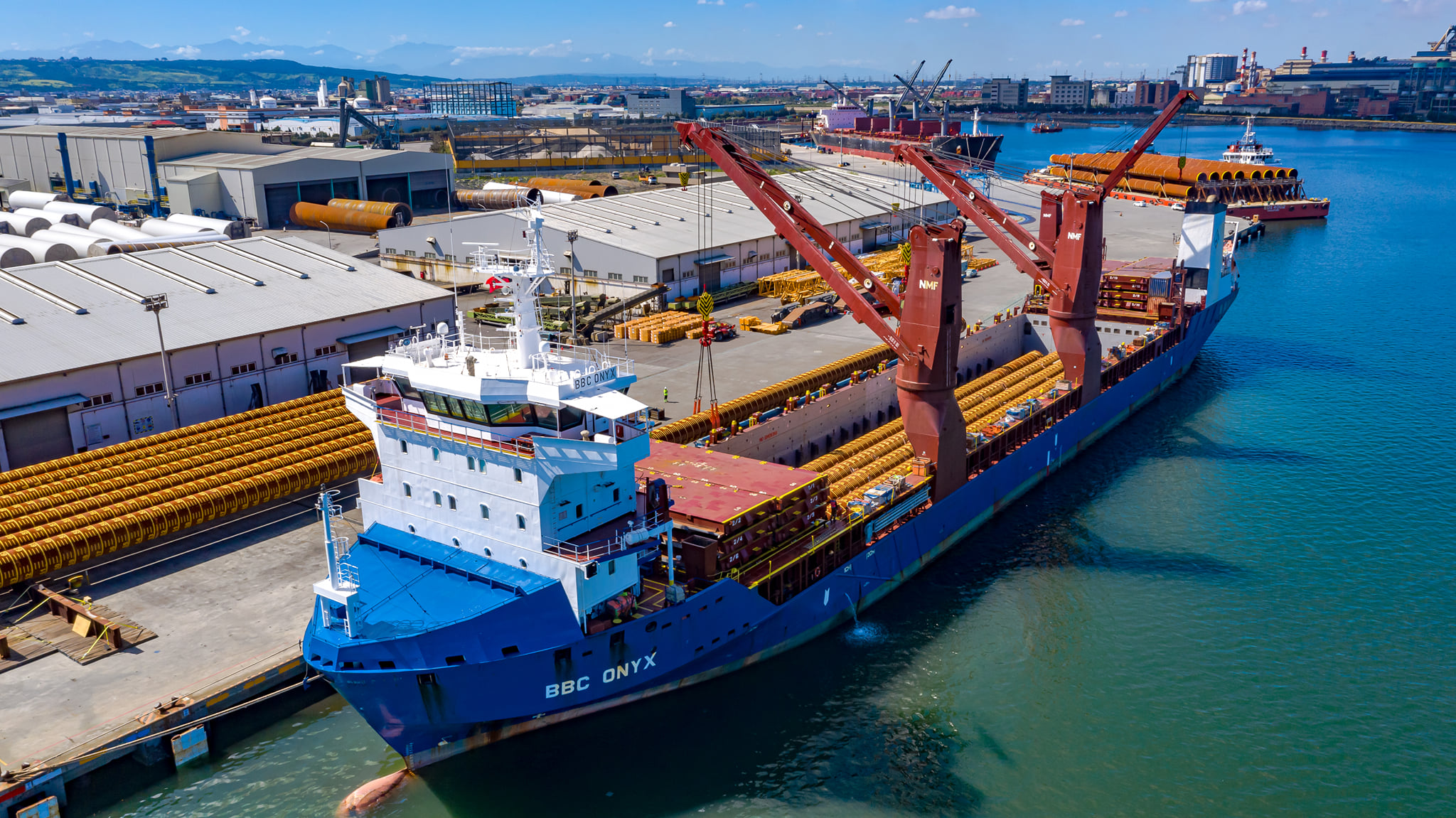 Once the Formosa 2 has been completed, the wind farm will provide 376MW of green electricity to supply power to approximately 380,000 households. (Source: JERA's Facebook)
Once the Formosa 2 has been completed, the wind farm will provide 376MW of green electricity to supply power to approximately 380,000 households. (Source: JERA's Facebook)
Next, the JERA team and I will continue working towards the successful completion of the current wind farm development and construction. Currently, Formosa 2, the joint venture project that JERA participates in together with Macquarie’s GIG and Swancor Renewable Energy, is under construction off the coast of Miaoli. Even faced with the many challenges of the current pandemic, we have devoted ourselves to completing the wind farm as soon as possible.
For the Formosa 3 offshore wind project in Changhua, which is also being jointly developed by JERA and has passed the EIA, we will do our utmost to continue development work and participate in the next round of the Taiwan offshore wind zonal development. With a deeper local connection, I believe that the JERA team will continue to grow in Taiwan.
Both Taiwan and Japan have set a zero-carbon emission goal for the year 2050. However, we can only achieve this goal with substantial technical capabilities and innovation.
This is what JERA and I, as an engineer-oriented developer, hope to focus on and contribute to. As one of the few energy types that can supply green power on a large scale, offshore wind power is critical to achieving zero carbon emissions by 2050. Taiwan is the pioneer of offshore wind power in Asia. We are here now, hoping to build a successful model for the offshore wind industry with all our local partners in Taiwan and then promote it to become the cornerstone of sustainable development in Asia.
When examining offshore wind in the context of Taiwan, some developers with foreign experience can sometimes feel anxious when seeing the deliberate and carefully considered moves taken by Taiwan’s government and think that the government is imposing restrictions more than is necessary. However, this situation reminds me of the frog in that famous Chinese idiom, "the frog at the bottom of the well," whose constricted view of the outside world indicates a narrow, limited mindset.
But in Japan, there is an extension of this concept: "The frog at the bottom of the well knows nothing of the deep blue sea, but well he knows how blue the sky is." (井の中の蛙大海を知らず、されど空の蒼さを知る)."
This means that while we know that it is impossible to understand the world at a single glance, we still can focus on understanding where we are and move toward creating a more enlightened vision of the world based on our current situation.
For those of us developing renewable energy in both Japan and Taiwan, this idiom could not be more apt. As we endeavor to build a new offshore wind industry in Taiwan, we must understand our shortcomings and comprehend the local environment with genuine sincerity. We can then make assessments and engage in long-term planning that allows us to realize our vision of offshore wind. Going forward, we will need to make appropriate adjustments along the way but never slacken our pace. It is this spirit of professionalism that Japanese people are proud of, and it is also the attitude we should have when cultivating new industries.
Now, I am looking forward to the finalization of rules for the next zonal development phase, when we will again witness Taiwan taking the lead in Asia's energy transition. At the same time, I would like to thank Taiwan for its invitation to the world so that JERA and I are able to have this opportunity to participate in such exciting pioneering work.
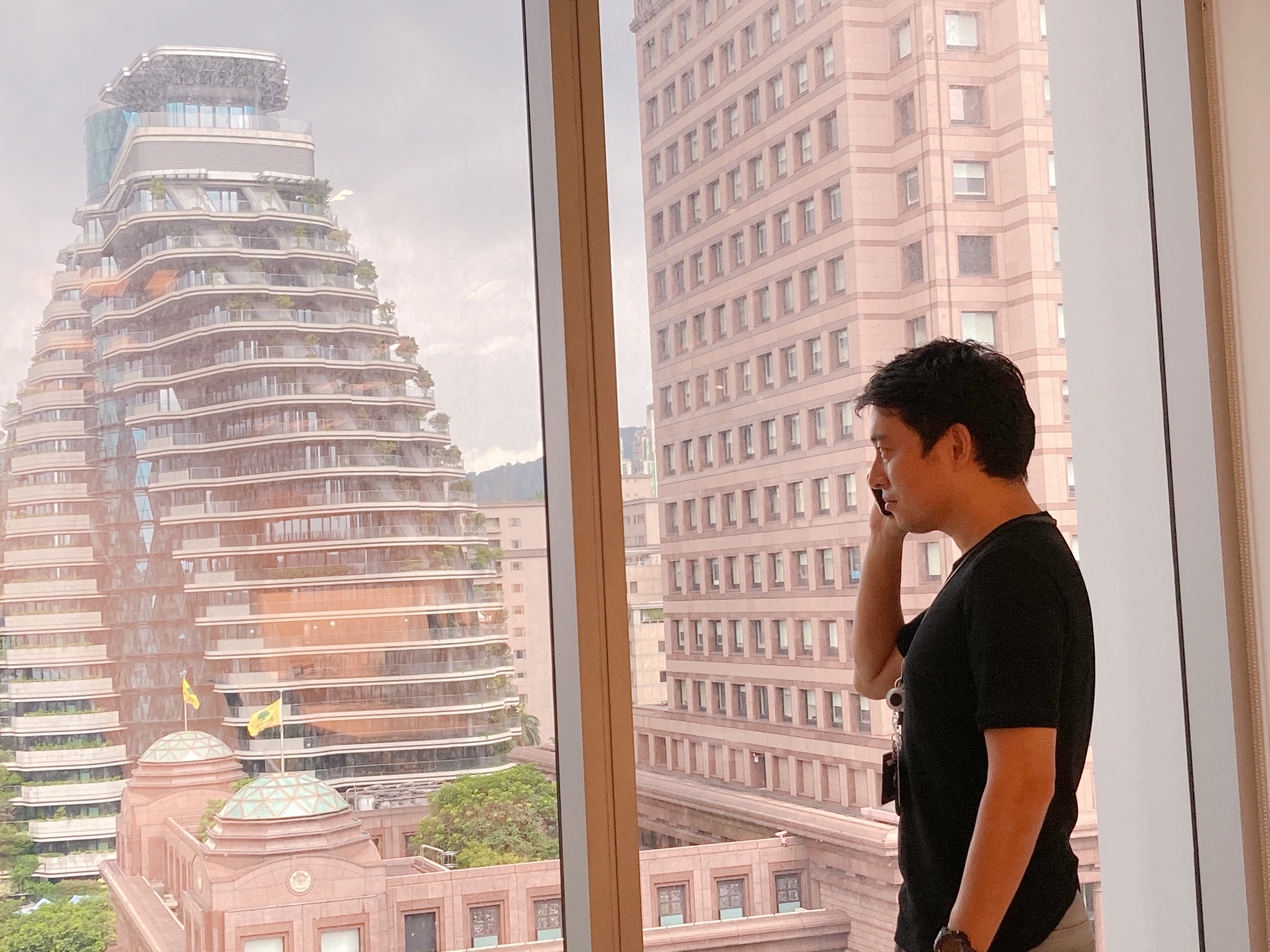 Yoshifumi Kamada has been working on Taiwan's offshore wind power for 500 days. (Source: Yoshifumi Kamada)
Yoshifumi Kamada has been working on Taiwan's offshore wind power for 500 days. (Source: Yoshifumi Kamada)
When I was a child, my grandfather once told me "桃栗三年柿八年," that is that while peaches and chestnuts take three years to bear fruit, persimmons take eight years from seed to harvest. This is a Japanese proverb that teaches us that a long-term perspective is crucial to success in any endeavor.
I’ve only been in Taiwan for half of three years, so naturally I’ve yet to see any “peaches.” For those who are struggling to make the offshore wind industry in Taiwan come to life, let this sentence be an encouragement to you: we are not there yet, but we are indeed on our way.
About the author:
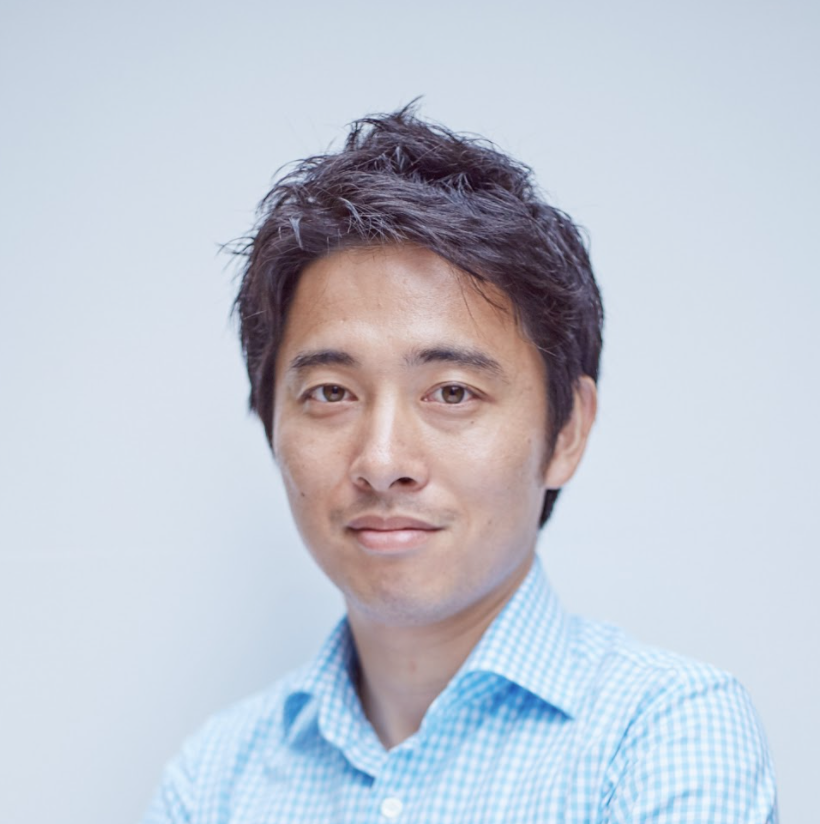
Yoshifumi Kamada is the general manager of offshore wind project development at JERA Energy in Taiwan, the joint venture between TEPCO FP and Chubu Electric Power Company. He had participated in the critical corporate transformation project in Tokyo Electric Power Company and furthered his career in international renewable energy projects.He holds a master's degree in Electrical and Electronic Engineering from the University of Tokyo, specializing in high voltage engineering.
Have you read?
♦ A Tale of Two Taiwans - perspectives from an offshore wind engineer
♦ When will Taiwan go Carbon Neutral?
♦ How renewable energy infrastructure could accelerate Asia’s green future
Uploaded by Penny Chiang






